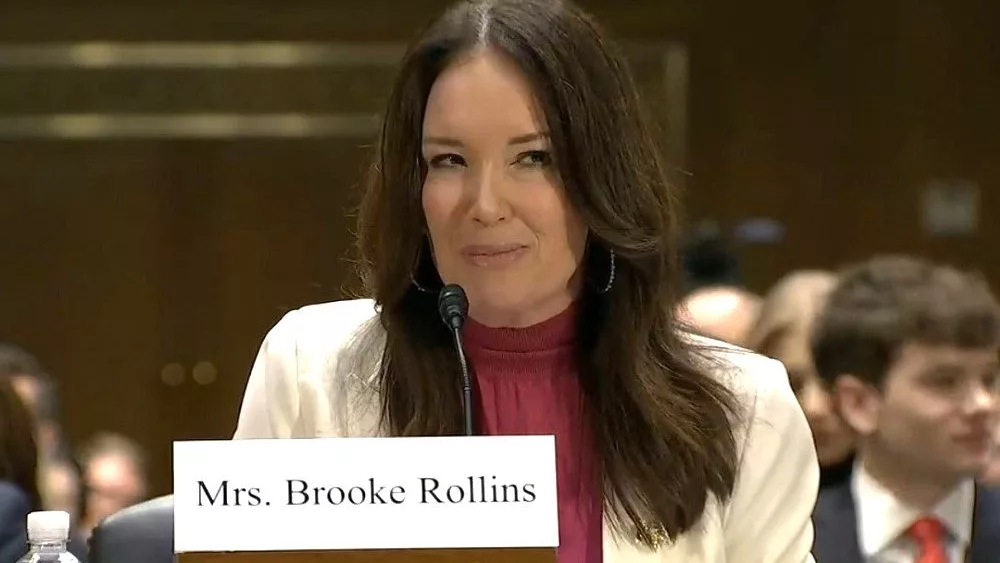A new Farm Bill in 2024 will impact more than just Indiana’s farmers and the ag industry. It will also have a huge impact on America’s banking industry.
“I guess the big things have changed for us is how we deal with this large ag transition that’s going to happen in the next few years,” says Ed Elfmann, Senior Vice President of Agricultural and Rural Banking Policy for the American Bankers Association.
He says the credit title of the Farm Bill is one of the top priorities for the banking industry as many farms over the next decade may be switching hands as older farmers decide to retire.

“We want to increase the FSA farm ownership and farm operating loan programs,” says Elfmann. “They’re currently a lot smaller than we’d like them to be. They’re about $2 million, but we want to increase them to $3.5 million on ownership and $3 million on operating. It is costing more and it’s harder to get operations up and running. Landowners in Iowa and Missouri are having contests for who can spend the most on land right now. We’re trying to set up our credit to make sure that we can help those beginning Farmers especially get into ag.”
That’s why Elfmann says that some of the rules regarding beginning farm loans need to be restructured.
“We have a lot of issues in the structure around beginning farmer loans and how they’re set up. If a farm was put into a trust 20 years ago and the farm owner has died, now there are 20 people involved in that trust. If you try to get a beginning farmer loan, you can’t because you have to lend against the trust. That’s a barrier to entry and we want to remove barriers to entry and make it easier for beginning farmers to get into ag,” says Elfmann.
He adds that high interest rates for farm loans are another concern for the banking industry.
“From a legislative standpoint we have a bill called the Acre Act, which is the ‘Access to Credit for our Rural Economy’ Act,” says Elfmann. “In essence, it would lower interest rates by removing the taxation on farm real estate and rural housing. But it would also lower interest rates, we estimate, by 50 to 150 basis points, which is the biggest thing our banks are talking about right now—where interest rates are, how they matter, and how it’s affecting their customers.”
The American Bankers Association represent 83 percent of all banks nationwide—including a number of banking operations that have agricultural loans in their portfolio.





